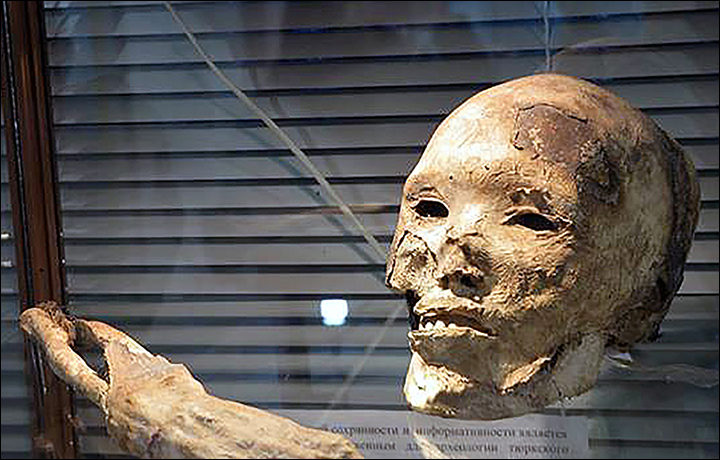OF THE
TIMES


Irritation from cold wind and water exposure causes the bone surrounding the ear canal to develop lumps of new bony growth which constrict the ear canal. Where the ear canal is actually blocked by this condition, water and wax can become trapped and give rise to infection. The condition is so named due to its prevalence among cold water surfers. Warm water surfers are also at risk for exostosis due to the evaporative cooling caused by wind and the presence of water in the ear canal.So it's not just exposure to cold water, but also wind, and could that include rain? Because as the article notes, great changes were afoot at that time, changes that led people all over the planet to abandon hunter gatherer lifestyles and begin to adopt agriculture. Mounting evidence is showing that devastating climate shifts were occurring during this period, particularly planetary wide cooling, and, perhaps, this is one clue that could help solve the mystery:
[...]
The majority of patients present in their mid-30s to late 40s. This is likely due to a combination of the slow growth of the bone and the decreased participation in activities associated with surfer's ear past the 30's. However surfer's ear is possible at any age and is directly proportional to the amount of time spent in cold, wet, windy weather without adequate protection.[3]
Erase memory and you wash away the blood from the perpetrator's hands, you undo the done deed, make it disappear from history. Erase memories of atrocities and you tempt future perpetrators with immunityIn recent weeks, as Israeli bombs and artillery have slammed into the tiny strip of land that is home to nearly 2 million Palestinians in Gaza, the propaganda war has been raging with equal vigor. Israeli spokespersons have consistently denied any blame for civilian victims and even claimed that civilians are acting as human shields for Hamas operations, blaming the victims of this humanitarian catastrophe for their own suffering.
- Miraslov Volf

Comment: From the abandonment of the area to the apparent desire to create a reflection of the sky on earth, the similarities with other mysterious ancient civilisations are curious: